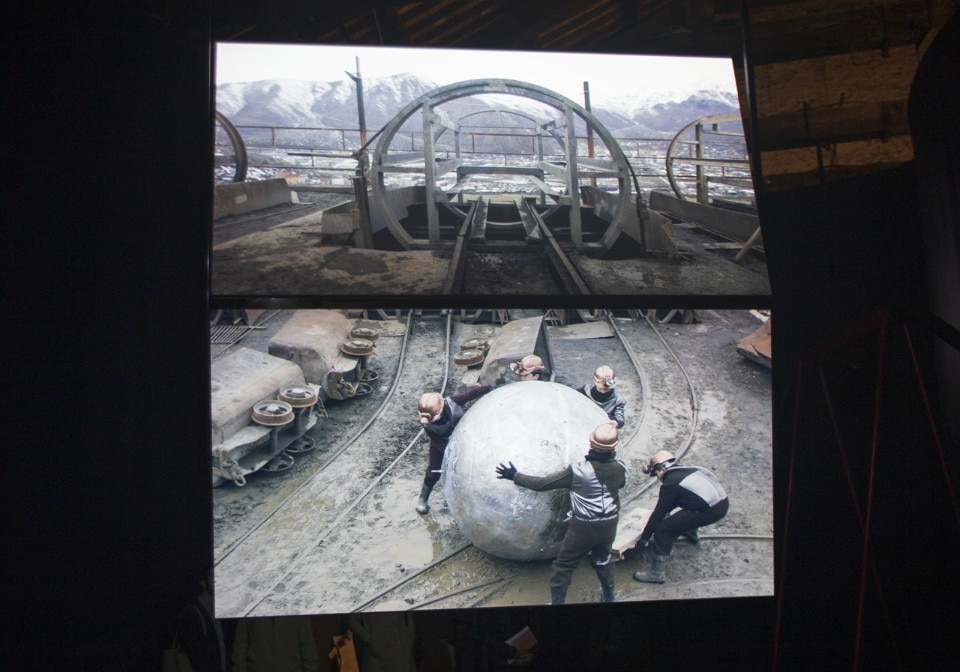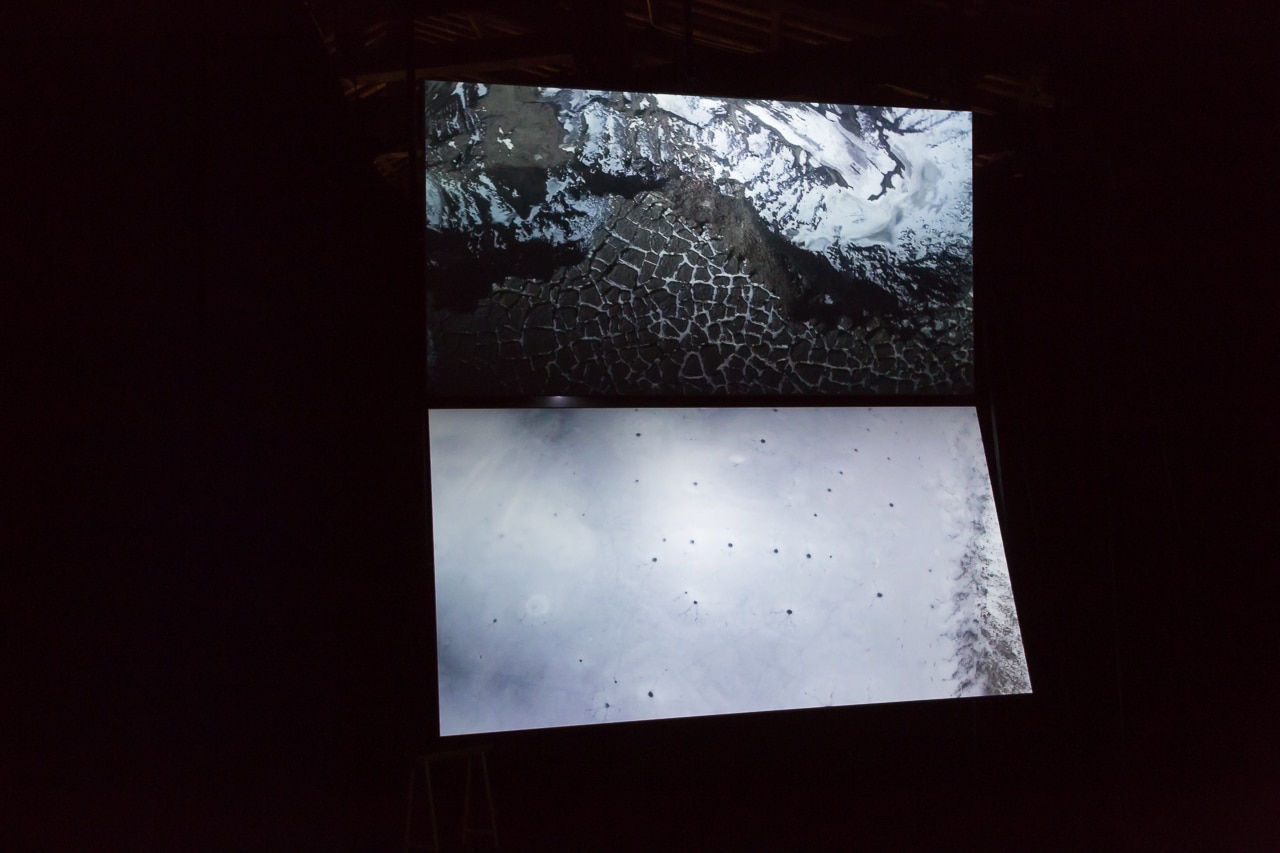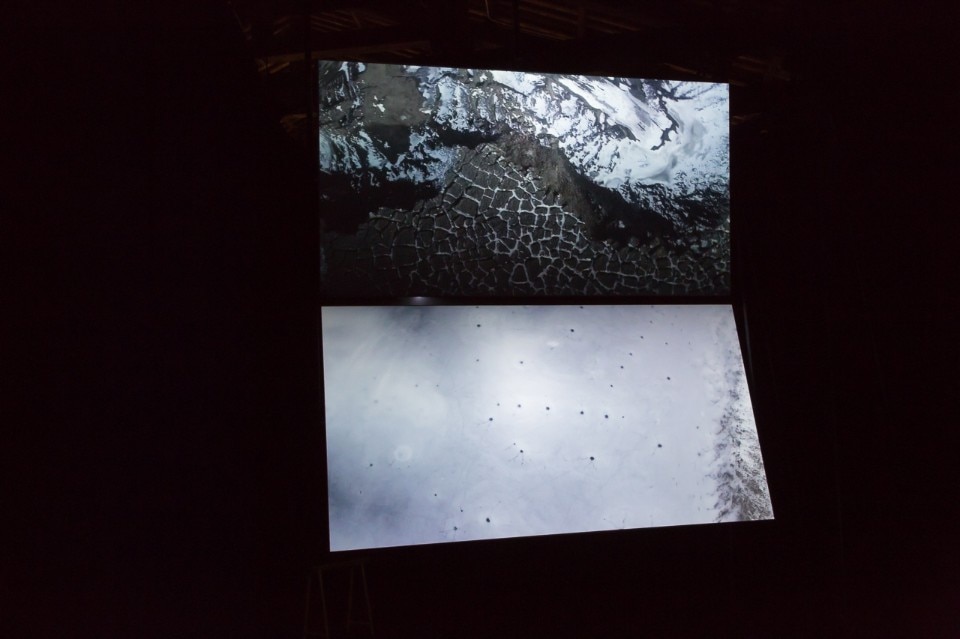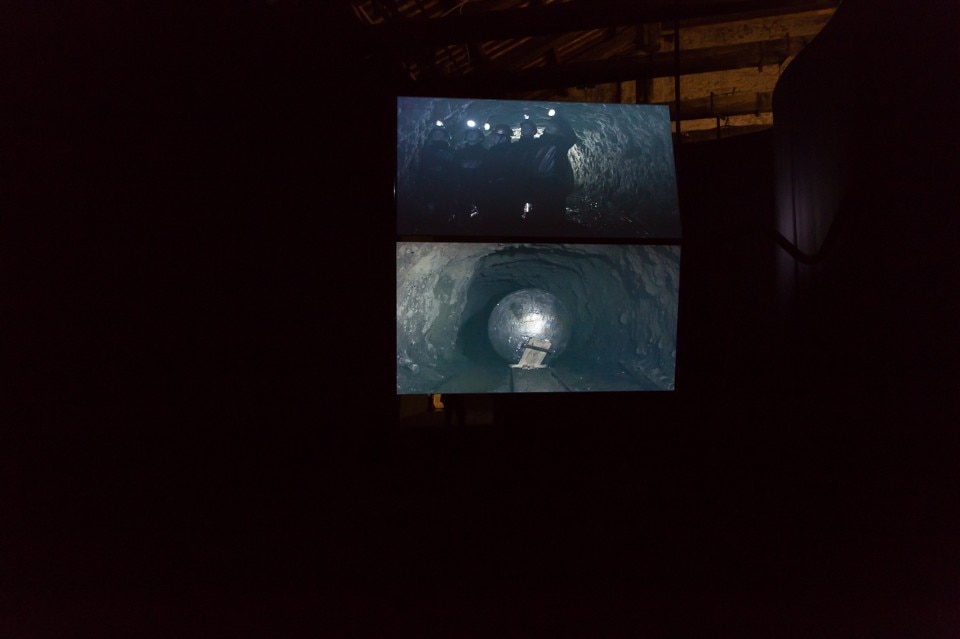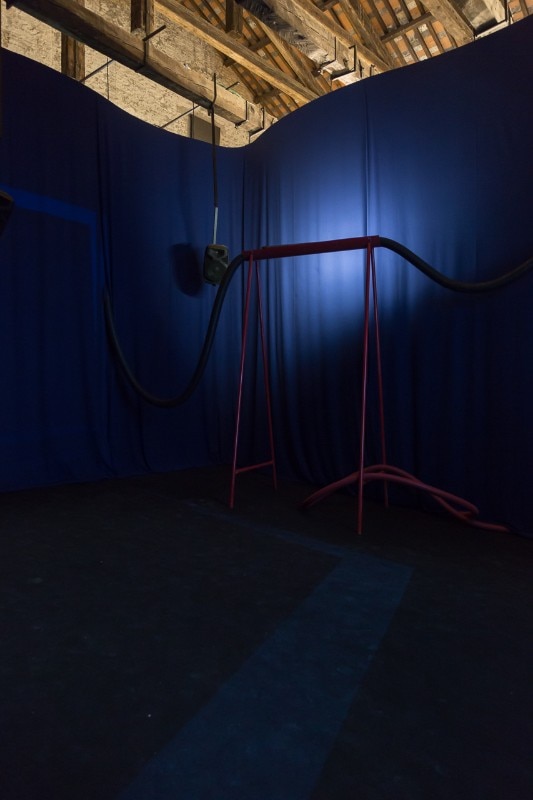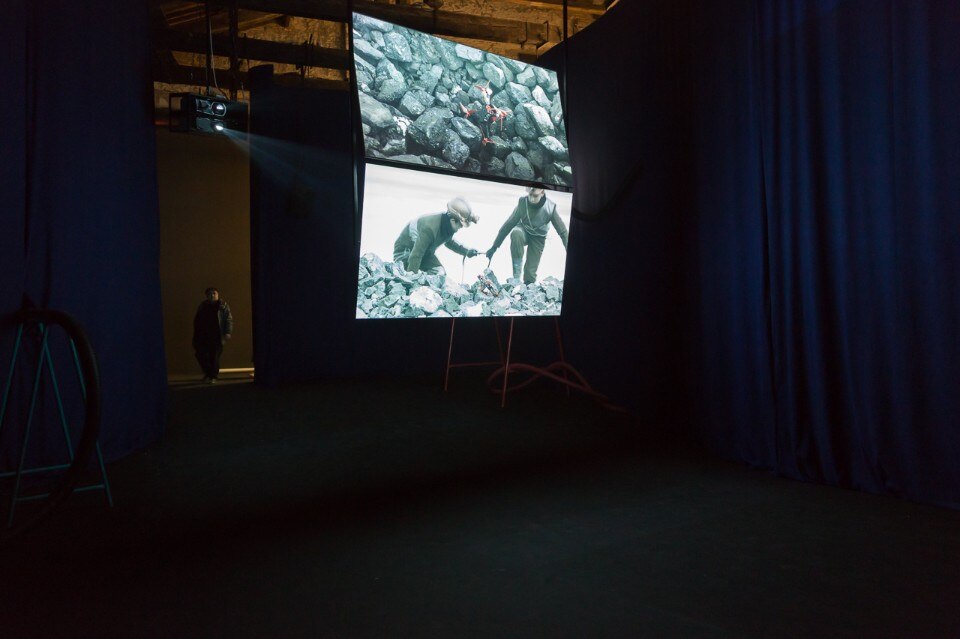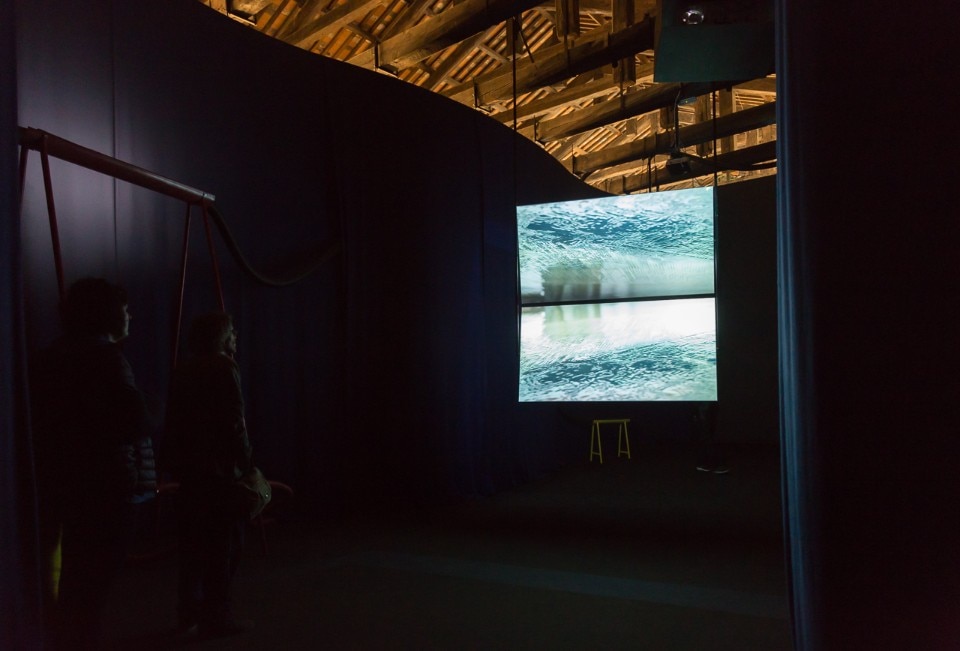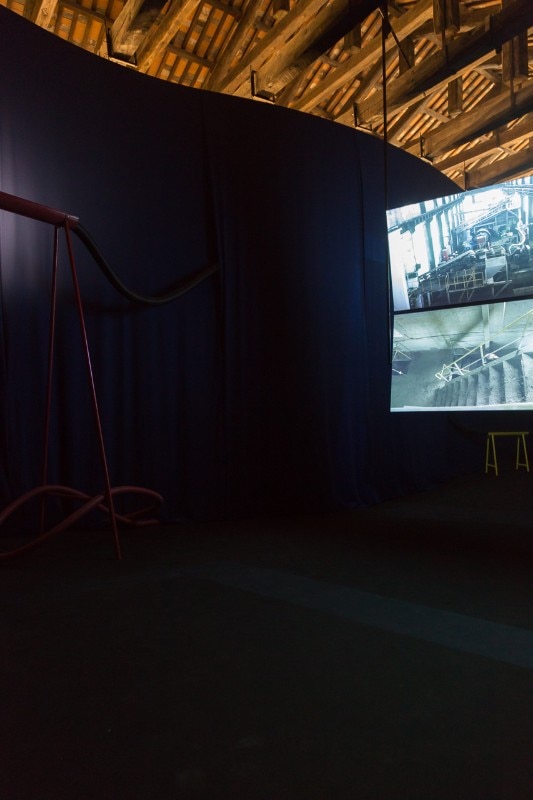Simona Bordone: What is the origin of the work you are showing at the Albanian pavilion?
Driant Zeneli: I would start with: technology always fails! This project is the final stage of a trilogy which was started in 2015, “Beneath the surface there is just another surface”.
It seems to me that there is an emotive dimension in the work which has been spoken little of. How did you meet the youngsters that feature in the video?
When I was working on the first video in the trilogy in 2015, a friend told me that he wanted to escape from Earth. I dedicated a film to him, It would not be possible to leave planet Earth unless gravity existed (2017).
The title of this work however seems almost to make fun of this desire to escape from Earth...
(smiling)
While I was working with him in an abandoned industrial area, I met a father and his daughter who were collecting scraps of ferrochrome. They told me about a science-fiction book, and I created a very complex work with them, the second in the trilogy. I started reading the book, and then I asked a geologist to explain the history of ferrochrmoe and he told me that it comes from Bulqizë, a village in the north-eastern part of Albania.
I decided to go there with a geologist and an engineer who had worked there, and a driver, without having any contacts. When we arrived, the people there asked us who we were: “either ‘bosses’ who wanted to buy ferrochrome and make money” or “journalists who always tell the same story” (that of the exploitation of the miners, ed)”. I told them that I was an artist and I would be working on the Albanian pavilion for the International Art Exhibition in Venice, and that at that time I only had the title: Maybe the cosmos is not so extraordinary.
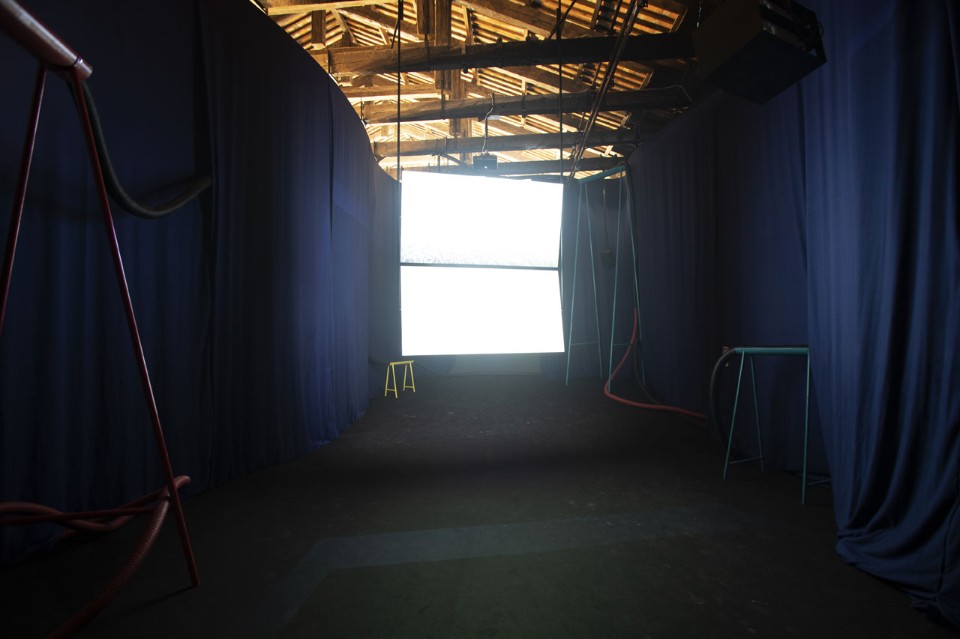
While I was in the town, I met the children and grandchildren of the hotelier. I met two of the youngsters in a restaurant. One was a very young eleven-year-old waiter, and the other his sister. I asked them if they liked the film, and I hired them, together with another three, the same number as the characters in the book by Arion Hysenbegas, On the Way to Epsilon Eridani. In the meantime I drew, and I produced lots of drawings while I read the book.
The work was created with these youngsters. The props, the sphere and the cart were made by my friend Mario, with who I had made the first film in the trilogy. The voices are those of Bujar and Flora, the father and daughter from the previous work. It is a work involving a total of ten people.
For me, my work is more like the way children play. When a child plays or uses that which they know of reality, but with imagination
Tell me more about your work process.
I don’t see myself as a project artist, at times I even find research rather boring. Usually, I concentrate on a particular thing, and then curiosity leads me to another, to meet people, and from this the work emerges. In 2015 I could never have imagined this conclusion, even less so that I would be at the Biennial. The work was more the result of a necessity.
But the science fiction is an excuse, a political excuse?
There is a romantic idea which surrounds the subject of space, or spaceships, in reality space is currently filled with weapons of war designed to control everything. Even drones are weapons. I added a drone to the film as though it were a toy to amaze the youngsters, but it is, and remains, an instrument for control. I have always used cosmology in my work, ever since I have been trying to cross the sun or touch the moon.
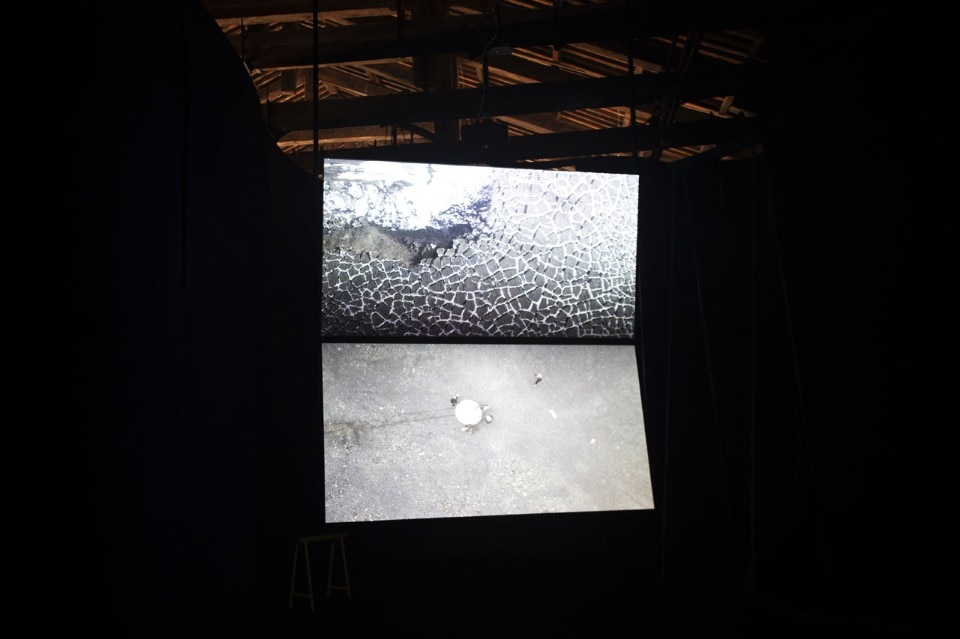
So for you the cosmos is a natural but extra-terrestrial dimension?
The metaphor of the cosmos allows me to examine the distance that emerges between human beings, that which we create. I am not interested in technology; it is just one of those things made by man. I am interested in the distance that technology creates between humans. Art should express a thought, and as such it is politics, but I do not see myself as a “socially active” artist. I feel active in daily life, I believe that stories emerge through meeting the people that surround us, those we meet in bars or on the landing.
My works originate from casual encounters. For me, my work is more like the way children play. When a child plays or uses that which they know of reality, but with imagination. I did the same by bringing together the children, science fiction, the mineral and the place. This is my way of creating stories.
The film, albeit indirectly, examines man’s exploitation of man, of machines which do not work well. They should not be destroyed, but rather profoundly changed.
This work is dedicated to those who every day wake up and go to work, and then return home and hope for something better.
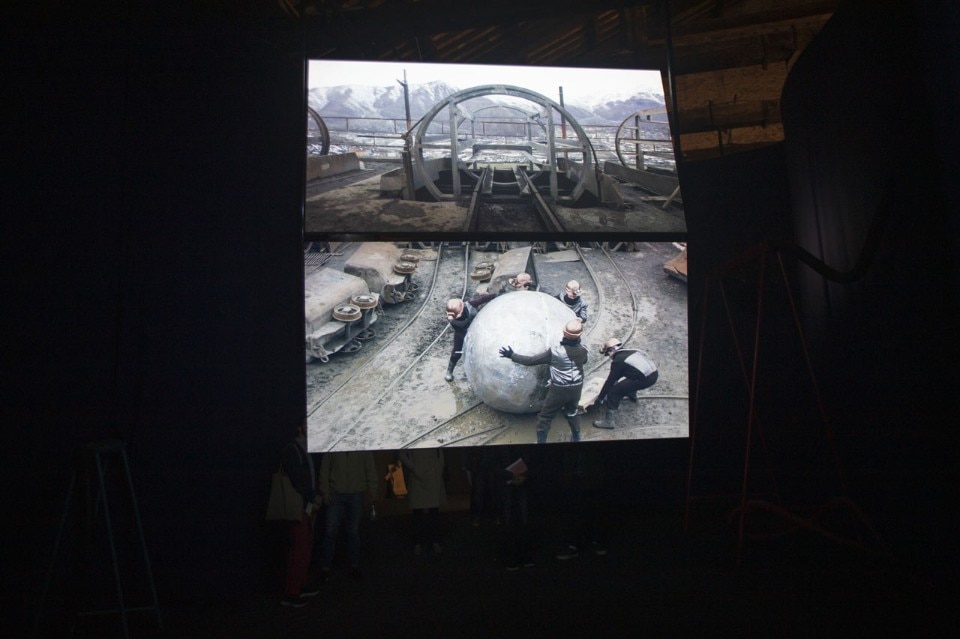
It sounds rather like a socialist statement...
No, I am a person who believes in the work of others. I have never defined myself either as democratic or socialist. I come from a country where socialism and communism have been badly interpreted and have caused terrible damage. I simply believe in people who continue to dream.
How has the pavilion been financed? Is it all from the Albanian Ministry of Culture?
The Ministry financed the film and a large part of the work, but it wasn’t enough. I am therefore very grateful to Ida Pisani for having organised fund-raising, and all the friends who have supported me.
What is interesting about the International Art Exhibition is the participation of so many countries, including those in difficulty. But many have very fragile economies, or are simply very small, and the costs are the same for everyone in Venice. It is an economic situation which answers to no-one. I am not referring to the people behind the Biennial, who are wonderful, but if we claim we want to do something to make the world a better place, I think that this situation should also change.
- Pavilion:
- Albania
- Artist:
- Driant Zeneli
- Curated by:
- Alicia Knock
- Venue:
- 58. International Art Exhibition, La Biennale di Venezia
- Where:
- Arsenale, Venice
- Opening dates:
- 11 May – 24 November 2019


